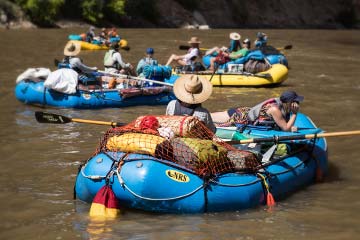Learn More


Product Tips
For a stronger bond, especially for items that take a lot of stress, like D-ring patches, handles and foot cups, we recommend the combination of Clifton Hypalon Adhesive and Clifton Hypalon Accelerator. This is the combo we use to build NRS Pennel Orca inflatables.
Specs
- 1 year shelf life
- One part adhesive for Hypalon, Pennel Orca®, neoprene and other synthetic rubbers
- 3.5 oz should cover 1 sq ft of patch with 3 thin coats
Product Instructions
Repairs:
- Pennel Orca® or other synthetic rubber patches
- D-ring patches
- Footcups
- Handles
Materials Needed:
- Shore Adhesive
- Roller Rasp or Pro Roller
- Patch material
- 150–180 grit wet/dry sandpaper
- Rubbing alcohol or Toluene for cleaning
- Lint-free towel
- Pencil
Recommended:
- Work in a well ventilated area (garage or shady area works well)
- Organic fume respirator
- Chemical resistant gloves (i.e. Nitrile gloves)
- Eye protection
Environmental Conditions:
- Ideal ambient temperature for gluing: 75°F and below.
- Humidity: Do not try to mix and apply glue if the humidity exceeds 70%.
Fabric Preparation:
- All contact/gluing surfaces must be thoroughly buffed, using a sanding wheel, 150 or 180 grit sandpaper, or a roller rasp. Just buff the fabric shine off; don’t rasp down to the threads.
- Cut patch to extend 2" beyond the damaged area, round the edges.
- Clean the buffed surfaces with rubbing alcohol or Toluene using a lint-free towel.
- Trace area of patch with a pencil.
Application of Glue:
- Both surfaces to be joined must be coated with adhesive. Note: The surfaces to be joined must be dry prior to applying adhesive.
- Apply one thin, even coat of adhesive to each surface.
- Wait until the first coat of adhesive is dry, approximately 10 to 30 minutes, depending on conditions. Use the “knuckle” test—nuckle sticking.
- Apply a second thin, even coat to each surface. Wait until the second coat has an even, tacky finish (surfaces should not be visibly wet). Use the knuckle test again to gauge the optimum surface condition for joining the surfaces. Don’t allow the layer to dry completely.
- Immediately press both sides of the fabric together and apply pressure to the entire glued surface using a roller, rolling from the center out. This forces air bubbles out and meshes the two fabrics together. Use a lint-free towel to wipe up excess glue.
- Complete curing time takes approximately 24 hours. If you must inflate a repaired chamber before that, it’s best to minimize the pressure.
- Be careful when rolling up a repaired boat for storage. Make sure drying is complete.
WARNING: This product can expose you to Toluene, which is known to the State of California to cause cancer and birth defects or other reproductive harm. More about California Proposition 65 »
You May Also Like
Reviews
Due to your cookie choices, we cannot show you this content. Adjust your settings?
Questions
Due to your cookie choices, we cannot show you this content. Adjust your settings?
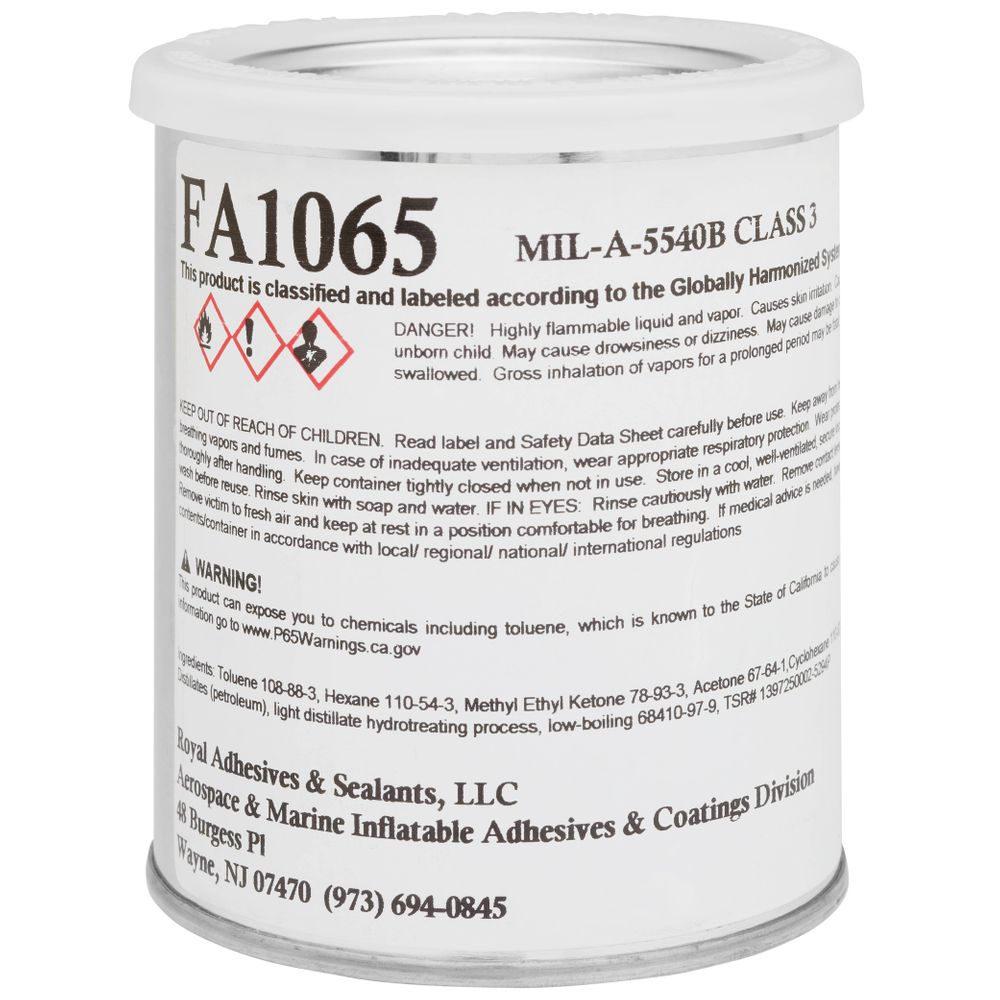
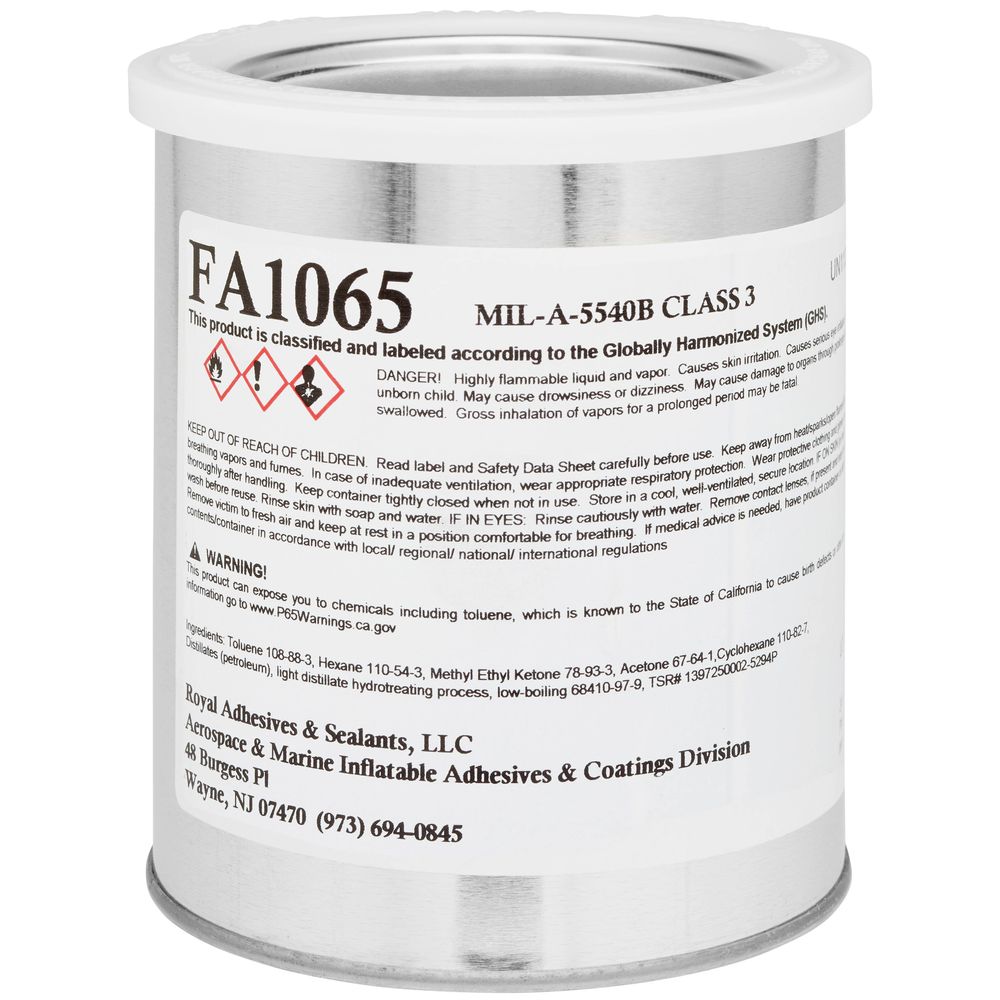


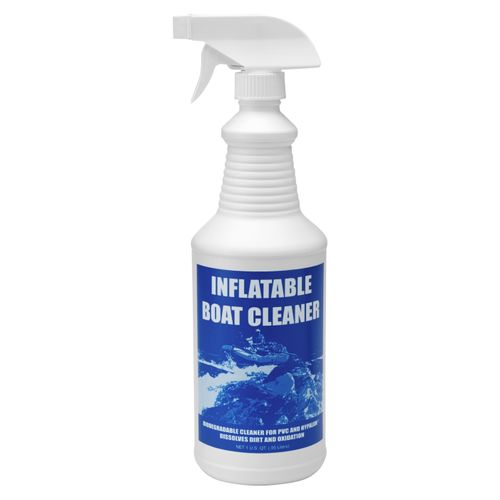
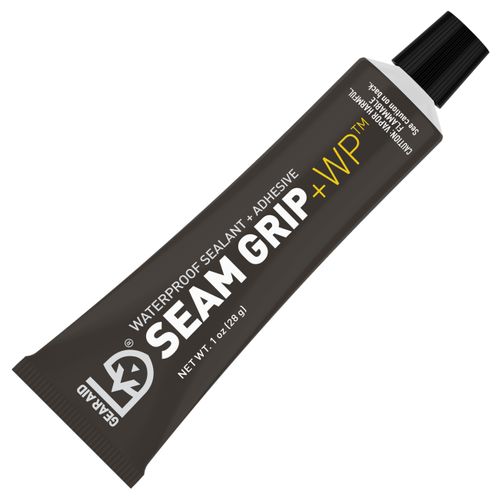
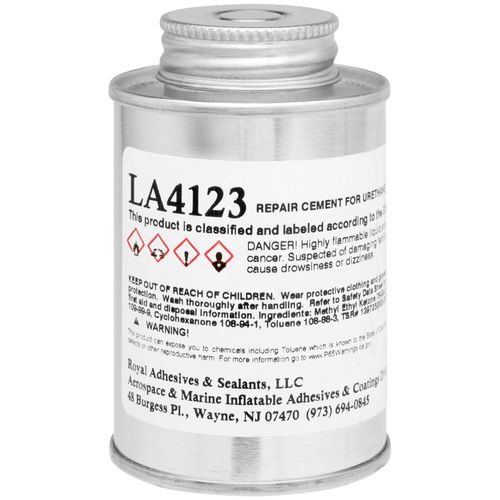
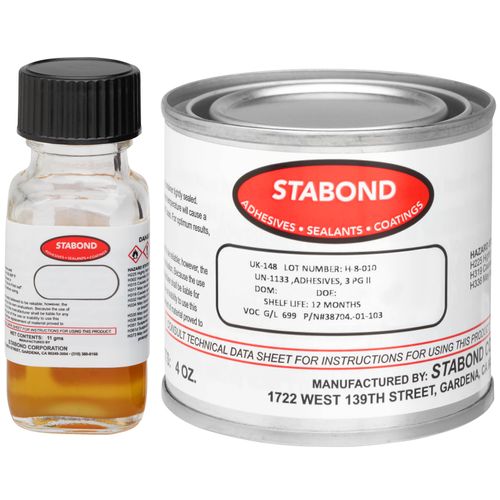
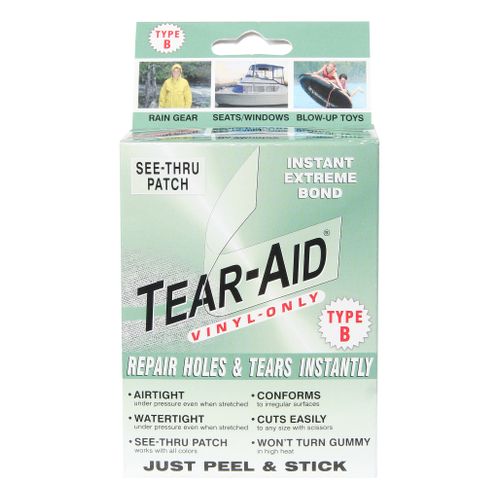
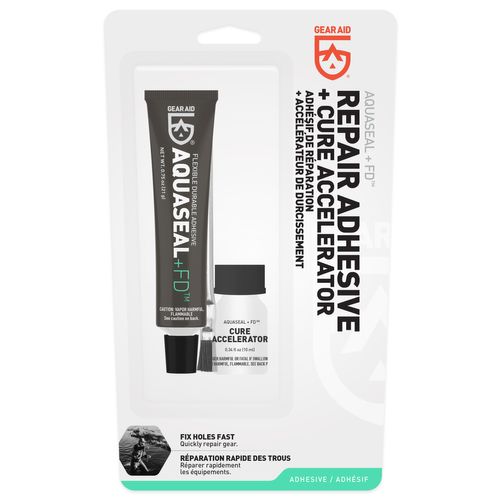
 NRS Gift Card: Always Fits, Always Wanted
NRS Gift Card: Always Fits, Always Wanted

